Paesaggi a confronto
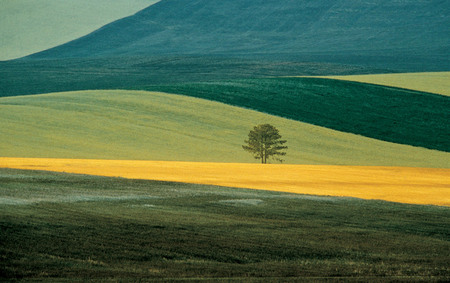
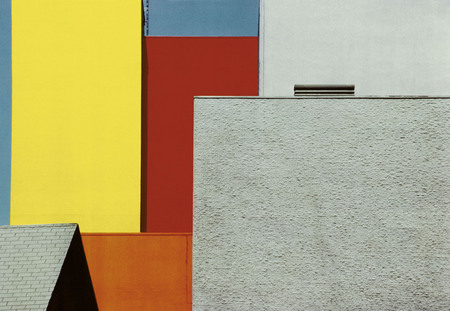
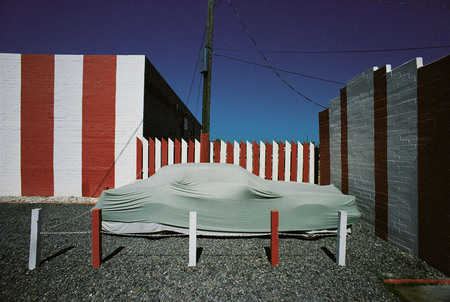
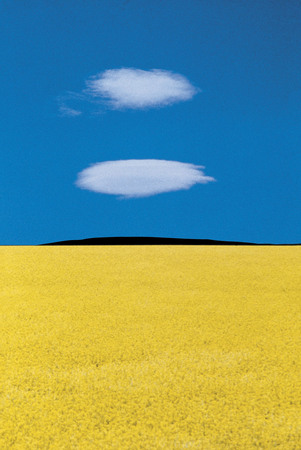
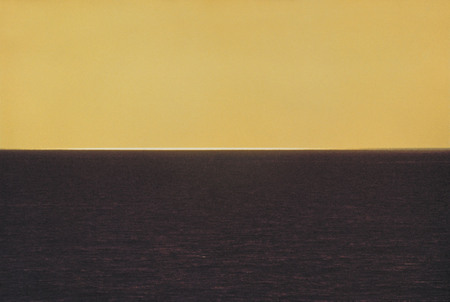
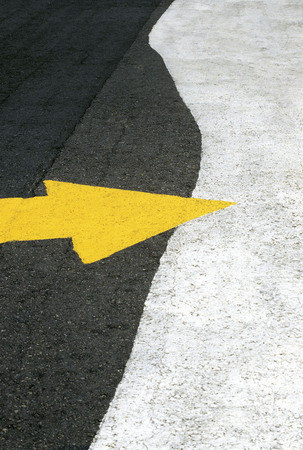
Franco Fontana. Landscape, Italy. 1978. Collection of the artist, Italy
Franco Fontana. Los Angeles. 1991. Collection of the artist, Italy
Franco Fontana. Phoenix, Arizona. 1979. Collection of the artist, Italy
Franco Fontana. Puglia, Italy. 1978. Collection of the artist, Italy
Franco Fontana. Seascape, Ibiza. 1972. Collection of the artist, Italy
Franco Fontana. London. 1995. Collection of the artist, Italy
Moscow, 20.03.2008—14.04.2008
exhibition is over
GUM
Red Square, 3
Share with friends
Author’s collection
This project are presented with the support of the Italian Embassy in Moscow, the Italian Institute of Culture and KMB-BANK (ZAO) a bank of INTEZA SANPAOLO
For the press
The town and the countryside are so far apart that one may not see anything in common between them. Large buildings, traffic, billboards, the noise and the light of a city. But outside of it are vast fields, trees, the harmony of hills, blossoming bushes, smooth waters, reflecting the sky, far away — the horizon, indicating the «limit of the world» and piece and quiet. Truly it seems to us that nothing unites the two...
Nevertheless an artist with a camera will see something that was often hidden from many before him: the divine order of structures and forms.
How can one cast aside all the distracting elements and perceive the structure of nature? This was always a mystery. Such attempts often led many people to despair.
Franco Fontana sees for us. He opens to us the secrets of the chaotic reality itself.
His biography is important for understanding how he made these discoveries. It all began in the 1960s. These were the years when the stereotype of the black and white image, of «photography is art» reigned in the world. Fontana visited amateur photography groups, but even at that early stage he realized that he cannot fully accept the rigid, dogmatic schemes, which in fact always characterize imitations.
Imagination, the desire to say something personal, something hidden deep down, to penetrate the essence of things and to express it in color and in line — all this create a rebel out of the photographer. He begins to appear «alien» and to break the normal rules of making images. In 1967 Fontana reaches the international level and proves to be a «complete failure»: his well-known photography of a small red car, squeezed in a narrow space between the houses of old Prague, is not even regarded good enough to take part in a competition.
The unusual shot of this little car is not acceptable for the simple reason that it breaks the cannons of «proper photography». The author here ignores the simplest laws of perspective, which one can read in text-books on composition, on structuring space in painting, even though many of these ideas have become outdated at least a century ago.
This is why his work began to stand for a new, revolutionary style in photography. Fontana’s colors are blinding. His graphic structuring of the composition already presages abstraction and extrapolation of certain elements, which have priority in the artist’s world. Obviously, the new aesthetic was not instantly accepted. Fontana’s early works already strike us with their novelty, irritating many «priests of photography». His abstractions of natural landscape convey the environment in a new way. The details are rendered in the geometrical forms of color, thus representing that very secret spirit of reality, which is hidden from our sight and which forms the essence of nature’s beauty. These elements of the landscape make up the only force on which harmony is based.
His first trip to the USA, undertaken in the 1970s, allows Fontana to try his abilities in an encounter with a different reality, which was previously unfamiliar to him. He sees such an urban environment that has nothing in common with European «historical anchors». This comes as a surprising shock. He begins to work with even more enthusiasm, creating a new series of chromatic compositions, based on well-structured architectural lines and color. The global vision of the States «alla Fontana» is something completely opposite to the myth of super effective dynamism, which is universally accepted in the world.
The blades of light rise the color to extreme states, which create a three-dimensional effect. Provocative opposition of post-cards and TV documentaries, the repeating, monotonous expressions of delight, that we know it even without being there once. In the latter years Fontana continues his experimental research, which was only intuitively hinted at in the 1955 works. This is «Asphalts» — a scrupulous study of even the most barely visible designs on pavements and roads.
Pure abstraction — the principal creative idea in Fontana’s oeuvre — opens up before a person (professional or amateur) the harmony and disharmony of forms and colors. But not everyone halts, ready to accept this present. Images of rough matter, of bitumen, of pebbles, the silvery gleam of gray and black tones, flashing lights... But here, unexpectedly, red is breaking into the colored squares of a chess-board. In order to follow the flight of abstraction in reality, which is represented by the most Italian of all Italian photographers, it is sufficient to pay attention to color. It seems that color in his works is just another photographic instrument. But in his case color is a sorcerer, who sets up mortal traps for all the contradictions of reality. The pleasant, innocent and seductive ways of modeling hues and contrasts, which, it appears, represent reality just as it is, actually put to death the splendid «illustration» of reality. This may seem a paradox at first glance. Because reality is based on color. In Fontana’s work color is dense, expressive, saturated. Often the chromatic contrast creates a strange impression of some grinding sound, but not a single image causes alarm. On the contrary, the master’s compositions have something soothing about them, something that makes us willingly accept the beauty of nature and the balance of all elements of reality, created by man.
Analysis of the outside world. The works of Franco Fontana — are they the outside world? They appear more as metaphors of internal pulsation, dreams, which we will see in the future, of very personal journeys, desires, which are still concealed from us, metaphors of bright, irrational hopes and of a very sensible perception of the world.
Giuliana Scimé
03.2008


